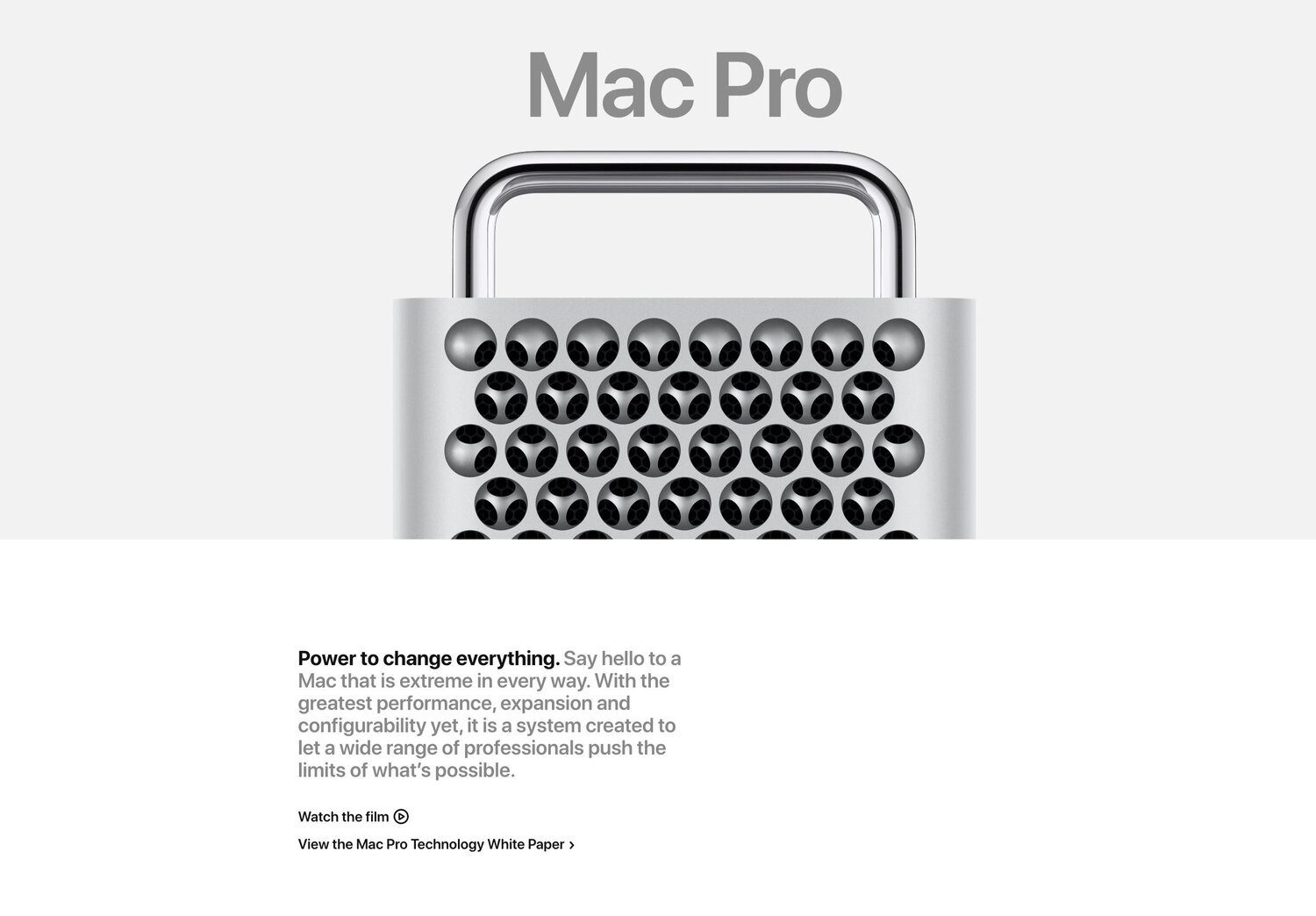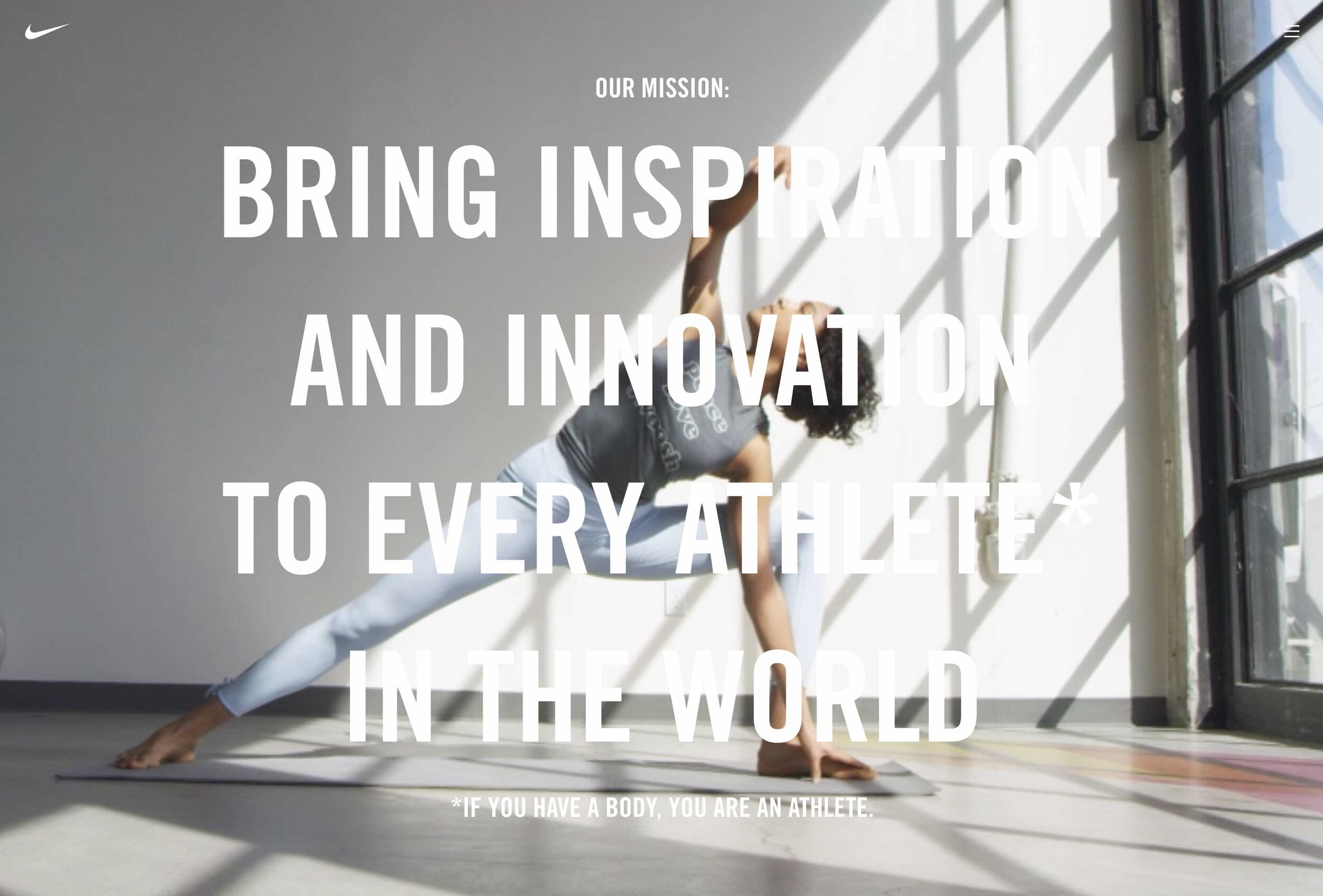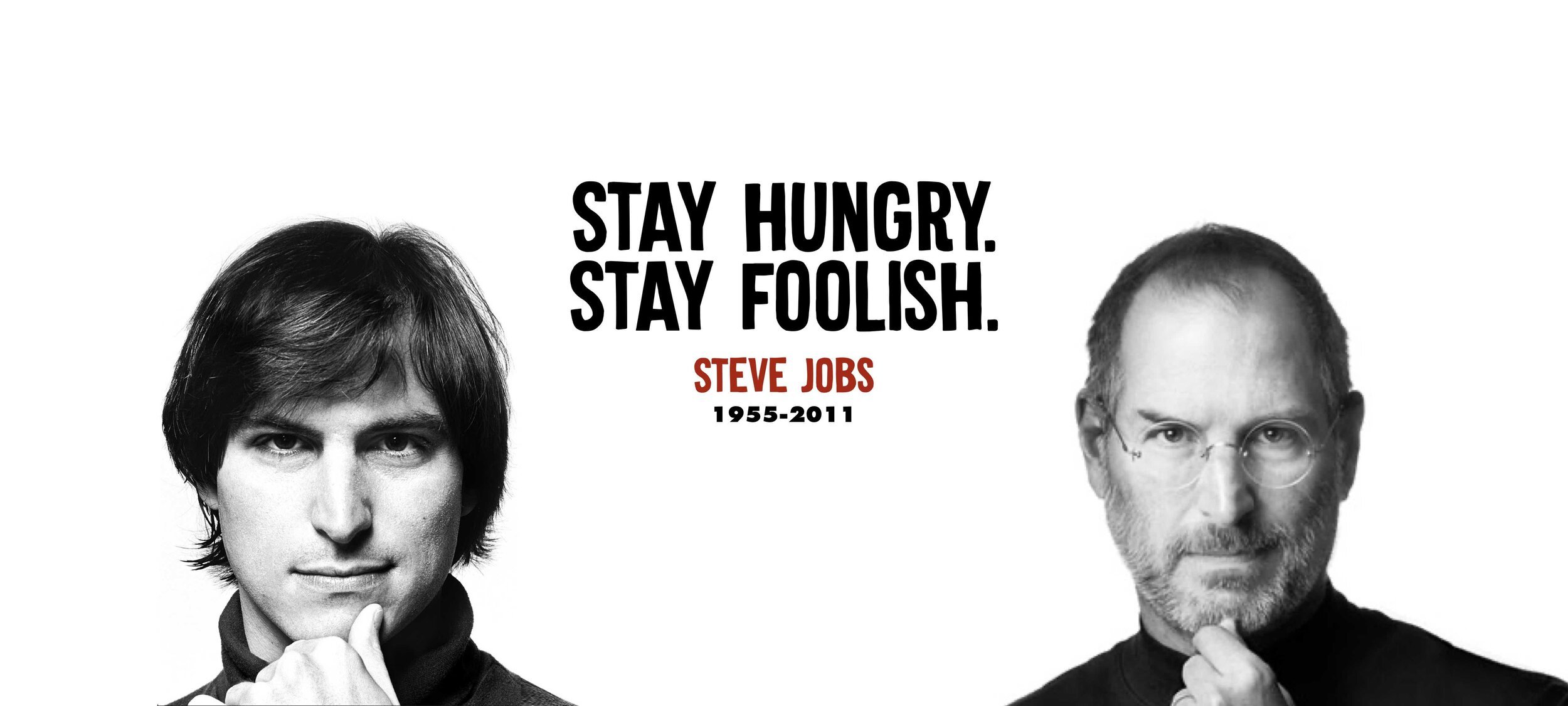THE MISSING LINKS THAT SINK THE SHIP
AN ALL TOO FAMILIAR STORY
The Crime Scene
You run a business, you make great stuff - you have a world-beating solution or idea. Nobody has ever heard of you.
What Happened?
Did you find that getting the message clear was just too difficult?
Have you told yourself that because of all the dimensions to it you have to cover everything?
Has your story become overlong, convoluted - trying to appeal to everyone.
Have you decided you have bigger priorities?
YOU’VE DESIGNED YOUR BUSINESS TO FAIL
It’s Often The Case
The original inventor/entrepreneur gets his business so far.
Then he needs to hand the reins to someone else - a different kind of leader. It’s also the case that they don’t and they fail. Yes, their idea was strong but their skills didn’t quite stretch far enough. It’s what happens.
Few of us have the complete toolkit to hang on along the entire rollercoaster.
With luck, the founder partners well as the business grew. Hiring the skills needed to make it. However, even in the largest of businesses one area always sticks out as the missing link - packaging.
I hate using that word because it suggests I just mean cardboard boxes and cellophane.
COMPLACENCY? APATHY? IGNORANCE?
I Just Don’t Get It - Why Do Leaders Want To Fail?
I’ve lost count of the number of businesses who agree with me. Or worse don’t agree. Either way, they don’t seem to do anything about it. They fail to understand quite how life or death this is. They fail.
I’M TALKING ABOUT:
Leaders who won’t prioritise making the shop window work - even though they agree they are below standard.
Leaders who won’t spend time and effort distilling the brilliance of their solutions into clear propositions.
Leaders who are content to leave the value they’ve developed shrouded within the banalities of subjective jargon.
Leaders who should know better.
Think of the dynamics we are operating in and within which we need to get our message across. Very few readers of this article will have even made it this far. It’s vital that any company operating in the market today pays attention to creating attention.
YES, I LIKE THE APPLE CASE STUDY:
We Have The Tools But Not The Technique
THE CRAFT OF ATTENTION
Because of the incredible rate at which technology has progressed we have developed powerful tools. But as with all tools, without expert human instruction, they can produce carnage.
I remember being told that my Ad agency would go out of business with the advent of ‘desktop publishing’ (a term rarely used anymore). All it did was prove how awful most people are when it comes to creating quality communications.
These new tools coupled with the skill of the strategist, the copywriter, the art director, the rebel, the typographer, the stylist, the designer, the disruptor and the communications expert - only then can you expect to break through the noise that now exists.
MAKE YOUR POINT
MISS THE FINER DETAILS AT YOUR PERIL
My Framework For Attention
THE NON-NEGOTIABLES
VISION - An inspiring vision and purpose that’s clearly understood.
IDEA - A straightforward and simple idea that can be captured in a sentence.
INSPIRATION - An easy to follow and inspiring experience for the audience to assimilate the value (proposition) at every turn - in each action, frame or space.
STYLE - A distinctive and appropriate look and feel - a style - see the reference to Steve Jobs typography below.
NOTICEABILITY - Arresting graphics - high quality and distinct design applied to the words and imagery. Formats and ideas that are given space to breathe.
RELEVANCE - High degree of relevance in the message - utility, value, need or aspiration - doubling down on the proposition that appeals to the audience.
COHERENCE - Consistency of message - story and style across all media platforms and collateral.
GUIDANCE - Clarity of navigation (online - per item) and guidance through each ‘interaction’
DELIVERY - An organisation that appreciates and knows how to leverage all of the above.
TRIAL - A test and learn attitude to the development of the above.
So, What Can You Do?
Work hard to find someone impartial and objective. Who you trust.
Get advice from people who have mastered/practised the ideas above.
Apply yourself to the challenge and get curious about why and how communication and design works.
Learn how to ‘see’ how much great design and communication makes a difference and figure out why.
Take it very very seriously as this is the distance between you and your consumer.
Steal ideas from the best.
Some Facts
According to recent statistics, the average attention span is down from 12 seconds in 2000 to eight seconds now.
A worker will check their email inbox 30 times every hour- that’s every two minutes
We pick up our phones more than 1,500 times per week amounting to 3 hours and 16 minutes a day on average.
The average web page (given our audience even gets there) a user will read at most 28% of the words during a visit
Average page visit lasts less than a minute - most users leave web pages in just 10-20 seconds.
Steve Jobs On Type
“I decided to take a calligraphy class to learn how to [learn calligraphy]. I learned about serif and sans-serif typefaces, about varying the space between different letter combinations, about what makes great typography great.
It was beautiful. Historical. Artistically subtle in a way that science can’t capture. And I found it fascinating.
None of this had any hope of any practical application in my life. But 10 years later, when we were designing the first Macintosh computer, it all came back to me. And we designed it all into the Mac. It was the first computer with beautiful typography.
If I had never dropped in on that single course in college, the Mac would never have multiple typefaces or proportionally spaced fonts. And since Windows just copied the Mac, it’s likely that no personal computer would have them.”







